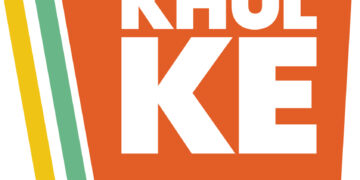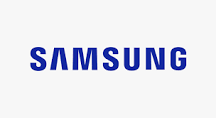Two extremes and finding the fine balance. Most people prefer the latter. Mutual fund investors find the right balance in hybrid funds. Hybrid funds invest in both debt and equity to chase equity-like returns and debt-like low volatility. What are the key strategies in hybrid funds? Which one will be the right fit for you? What to expect (or not) from them? Let’s unravel it and much more with the historical data. But, first comes a lowdown on different strategies in hybrid funds:
Three key strategies that investors must know are – Aggressive Hybrid Equity Funds, Balanced Advantage Fund/ Dynamic Asset Allocation Funds, and Equity Savings Funds. While all the three invest in the combination of debt and equity, there are fine differences to take note of:
Aggressive Hybrid Funds (AHFs) keep 65-80 per cent in equities and the rest in debt. The allocation remains static in most funds. If you see the category average, 75 per cent is invested in equity and 25 per cent in debt. This allocation is periodically rebalanced to maintain equity allocation below the regulatory 80 per cent limit.
Balanced Advantage Funds (BAFs) invest 30-80 per cent in equities and the rest in debt. What is unique about BAF is its dynamic allocation in equities between 30-80 per cent, which can go up to 100 per cent in some funds. Fund houses create in-house asset allocation models based on fundamental factors such as P/E, P/B ratios and technical factors such as Daily Moving Averages and volatility. The main goal with BAFs is to reduce volatility and protect downside when markets correct sharply.
Equity Savings Funds (ESFs) invest 30-40 per cent in equities and 25-35 per cent in equity arbitrage and remaining 25-35 per cent in debt. The combination of these three asset classes makes it the most conservative strategy compared to AHFs and BAFs.
What to expect?
Returns alone cannot be the key comparison metric. Your return expectations – like in any other investment product — should align with the risk a hybrid fund is taking. Volatility measures the risk. The more the volatility, the higher the risk. A look at a three-year historical data (As on 15th June 2021) gives a fair idea to set our expectations right.
TABLE – https://pbs.twimg.com/media/
Check out volatility of each category compared to Nifty50 in the table. Watch out drawdowns and min returns of each category. Lastly, look at average returns.
AHFs and BAFs have broadly similar return profile, but with significant difference in volatility. Former has potential to return more when markets are rising, while latter protects the downside much better when markets fall sharply (-27 per cent vs -19 per cent).
The risk is lowest in ESFs compared to pure equity funds, but slightly higher than pure debt funds. ESF’s average three-year rolling returns have been around 7-9 per cent. These funds can be good substitute to pure debt funds in a low interest rate regime. Expect +/- 2 per cent over debt market returns with a time horizon of three to five years.
What not to expect from hybrid funds
Investors tend to analyse funds with recent returns. Don’t expect last one-year performance to repeat itself. Besides, one should not expect AHFs and BAFs to outperform the market. They are not designed to do so. They may outperform at some points, but not consistently. They are more to cut volatility, not add returns, in the portfolio. Don’t expect ESFs to give double digit returns. See it as a substitute to debt, not equity.
Who should invest in what?
If you have a time horizon of three to five years and you want equity-like returns with lower volatility, go for AHFs. Reduce volatility even more with BAFs. It gives you significant downside protection. Investors who want to protect their gains at a peak can park money in ESFs. Aim slightly higher return than a debt fund with ESFs.
Happy Investing!
Disclaimer: Mr. Niranjan Avasthi is the Head – Product, Marketing & Digital Business, Edelweiss Asset Management Limited (EAML) and the views expressed above are his own.
Mutual Fund investments are subject to market risks, read all scheme related documents carefully
An investor education initiative by Edelweiss Mutual Fund
All Mutual Fund Investors have to go through a onetime KYC process. Investor should deal only with Registered Mutual Fund (RMF). For more info on KYC, RMF and procedure to lodge/redress any complaints, visit – https://www.edelweissmf.com/

































